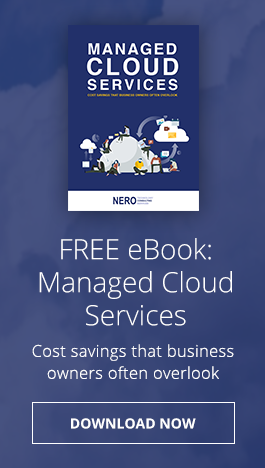
Preparation for migration
- Is everyone within the organization on board with this major move? Are your employees adequately equipped with knowledge about the cloud? And, since large-scale transfers involve big data, would your security framework be able to deal with potential security threats during the transition? Can your company handle the inevitable expenditure that goes with investing in the cloud? These are just some of the points you have to consider when preparing for large-scale migration.
Reasons for migration
- One of the most compelling reasons to virtualize tech capital is the need to meet your business’s increasing demand for efficiency, which could lead to greater profitability. Other reasons could include change of organizational leadership or a shift in business structure that necessitates storage recalibration. Regardless of your reasons for migrating to the cloud, you as a business owner should have a clear understanding of why you’re doing it, and make sure everyone understands why it is so important.
Size of resources to be moved
- Using Amazon Web Services’ cloud storage gives you the benefit of eliminating the costs of buying your own storage infrastructure and it introduces an element of anywhere-anytime access to your business’s data and/or applications. That said, you must consider how much you’ll be transferring, and use it as your basis for moving. Knowing the amount of IT resources you’re freeing up lets you allocate more cost-effectively and allows your technology staff to focus on more innovative pursuits.
Migration requirements
- Which specific data, servers, or applications need to be migrated? Does your company need large-scale migration, or can it survive on moving only a small part of your resources to the cloud? Perhaps, a subsidiary could survive without having to be moved to the cloud. When migrating to the cloud, you’d be remiss not to think of these tiny details.
Impact to the business
- Temporary downtime is something you have to be ready for. You might need more time or you might need to consider alternatives for the brief interruptions that come with migration, and of course budget can be a major factor in your decision to move. You can save your business from unnecessary obstacles by first assessing its ability to handle these situations.
Recalibrating the management of your technological resources for scalable storage solutions in a cost-saving platform is not without its challenges. Your business and its stakeholders’ call for greater efficiency cannot be ignored. After considering these factors for a large-scale migration, you might realize that despite a few minor bumps, the benefits to your organization will far outweigh the projected costs, and that there’s nowhere to go but up (in the cloud).


You must be logged in to post a comment.